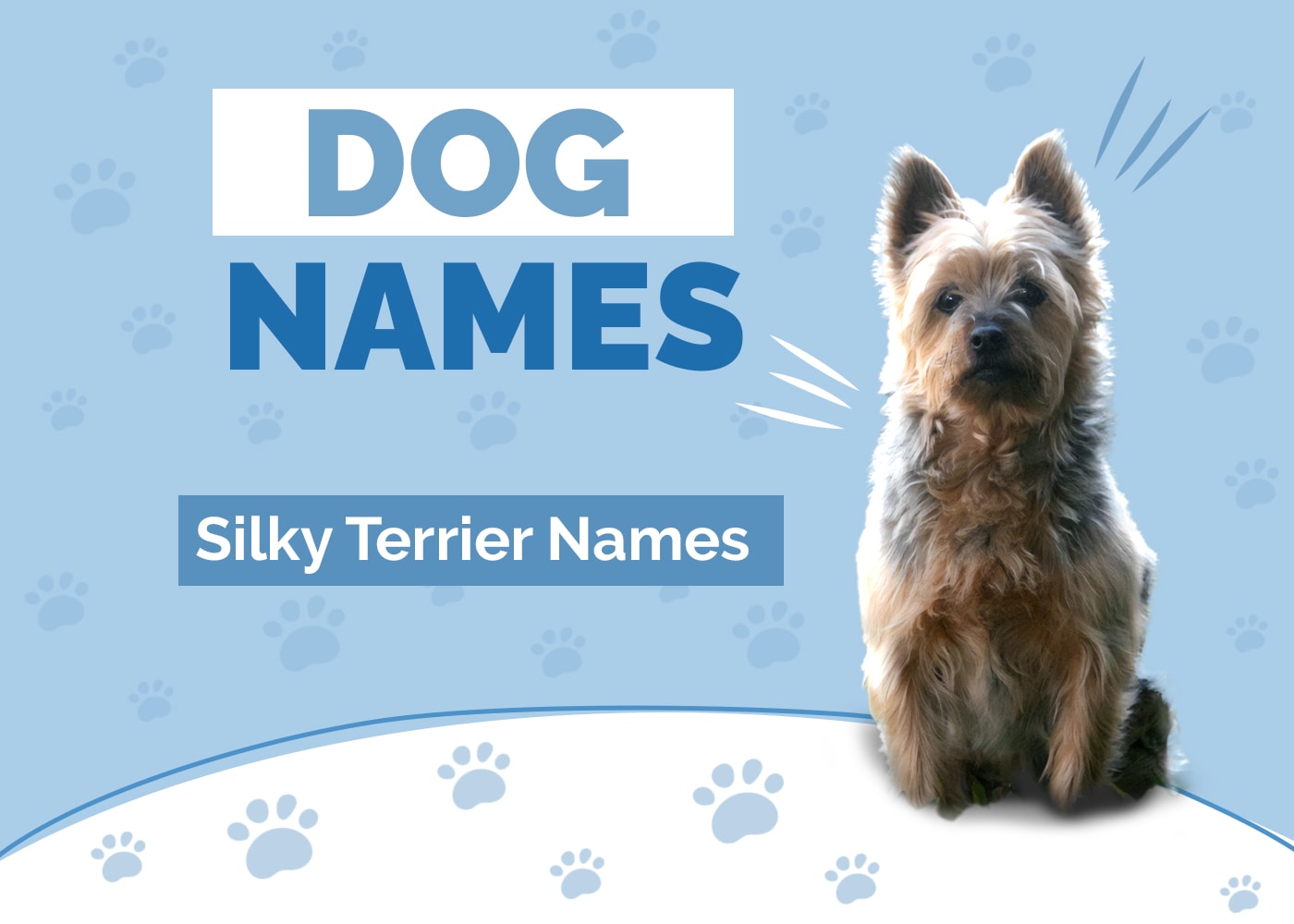5 Types of German Shepherds: Pictures, Facts & History

Updated on
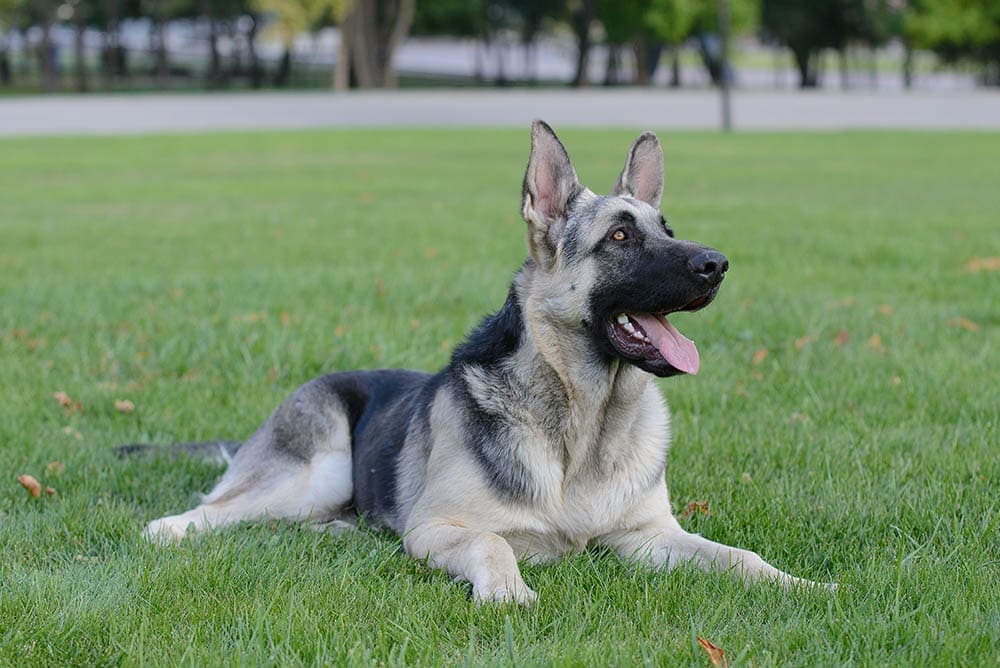
German Shepherds have working lines and show lines, totaling five different types. The breed has changed drastically throughout its ancestry in various countries. Max von Stephanitz was the creator of the German Shepherd, aiming for a perfect personality, workability, and stunning appearance. His goal was to create a masterpiece: the ideal working dog reigning supreme above the rest.
We like to think that his expectations for the breed have been fulfilled, as German Shepherds are one of the most beloved breeds across the globe as both service dogs and companions. Learning about their unique history will make you appreciate the breed even more.
The 5 Types of German Shepherds
1. West-German Working Line German Shepherds
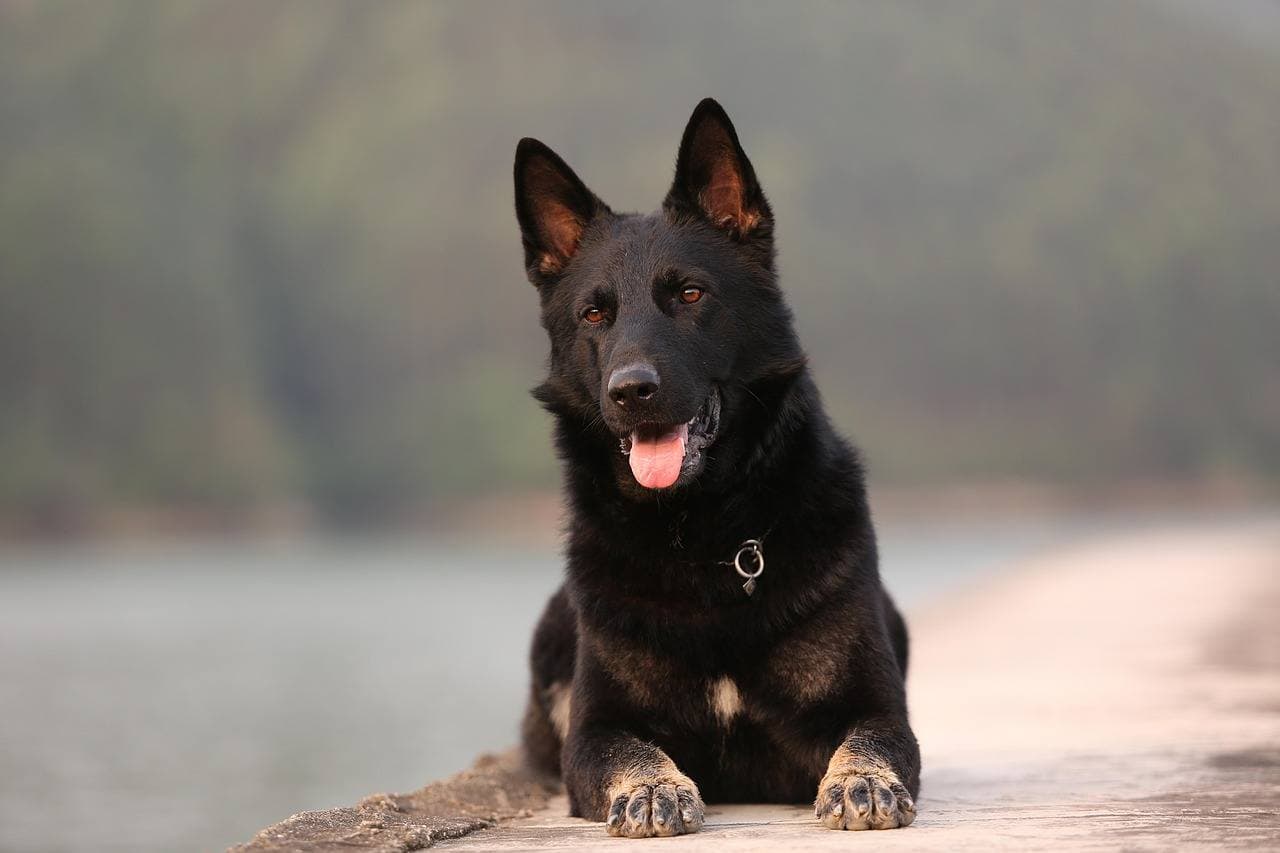
When it comes to “temperament first, looks second,” the West German Working Line is the prime example. They are thought to be as closely related to what Max von Stephanitz had in mind. Not only are they charming, but they are also workers at heart.
As with most working lines, these dogs tend to be smaller by a slight margin opposed to show lines. They are bred to have a high pain tolerance, which makes them much more valuable in their field of work. They are hardy in structure and have more of a blended coat pattern, known as a sable color. While this is the most common, they can also be black and tan or a mixture of sable and black.
These dogs are much higher energy than show lines, which also means their prey drive is much higher. Because of this instinct, these types do much better in situations where they are doing what they’re intended to do: work. If their desire for tasks isn’t fulfilled, they may become bored, which can lead to nervousness and destructive behaviors.
Having these working lines as pets is absolutely doable. However, it may require a bit more commitment on your part. These hard workers will need various games or tasks to fulfill their mental thirst. Agility runs, stimulating games for sensory, and a sense of purpose is essential.
- Need a food sufficient for your German Shepherd’s appetite? Read about the best food for this breed.
2. East German DDR Working Line German Shepherds
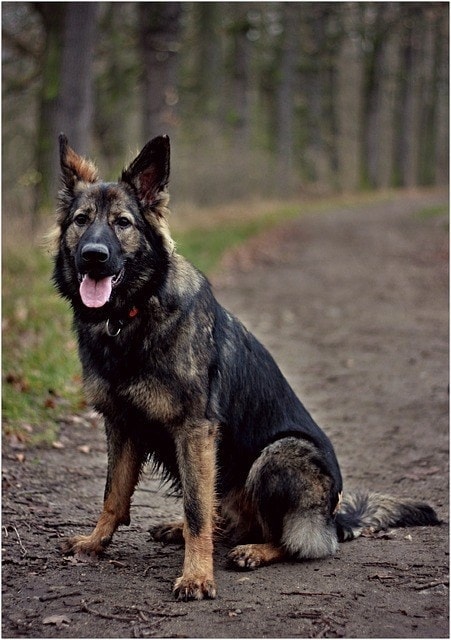
East German DDR Working lines share many common characteristics with the West German lines. They share much of the same history as well. They were bred and tailored particularly for their extremely heightened desire to work, along with their quick ability to guard.
Because of their prey drive instinct, monitoring them around other animals and small children can help to avoid primal triggers. That doesn’t mean that every dog in the line is as prey-driven. Some are incredibly docile and sweet, never hurting a fly. However, because of their working roots, it is something to watch for as a responsible owner.
They have incredible focus and endurance, suiting them perfectly for physically and mentally stimulating roles. Like their West brothers and sisters, East German DDRs have sable coloring, though most are darker and sometimes even black.
- German Shepherd puppies have a different diet – get them what they need!
3. Czech Working Lines German Shepherds
Owners wanted Czech German Shepherds to be just as labor intensive as other working lines. When Germany split between the East and West, Czech Shepherds became more commonplace but didn’t flourish until Germany reunited in 1989.
Czechs are a bit leaner than other working lines and are nimble because of that. They tend to mature the slowest growth-wise of the working lines. They were once the most prey driven, which led to high stamina and agility. As far as looks are concerned, they generally have a sable or “agouti” coat, which is a mixture of black and tan shades.
While this line has calmed over the years, they are still hard-wired for work. So, if you opt for a Czech puppy, reputable breeding to ensure a proper temperament for your family situation is imperative. Having appropriate outlets is vital. If you want the best out of your dog, providing them with appropriate behavioral training is key to an irreplaceable relationship.
However, many of these dogs have a relaxed temperament in today’s world, making them fun-loving companions for multi-pet and multi-people households. Because of muddied breeding, many Czech puppies have bloodlines that veered off, mixed with another German Shepherd type line along the way.
- Looking to travel with your German Shepherd? Try: 10 Best Dog Crates for German Shepherds
4. American Show Line German Shepherds
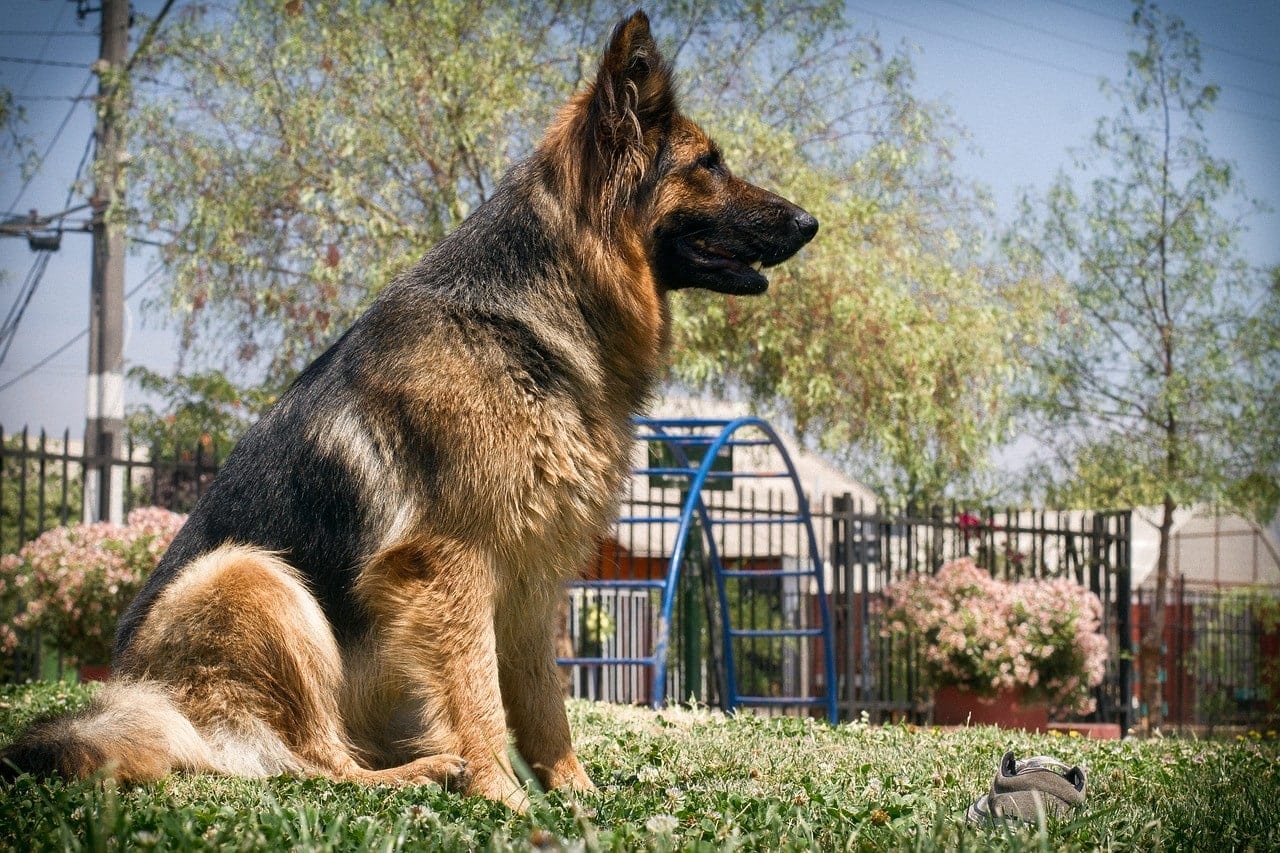
American German Shepherds are the most seen Shepherds in the U.S. and Canada. These lines are the most different of all the Shepherd variations. Since they are a combination of many bloodlines, you may notice that an American Shepherd is more substantial in build and their heads and muzzles are shorter.
American show line German Shepherds are most generally black and tan, though with specific breeding, they can be a variety of colors. They are generally lighter and have more of a sloping gait and longer hocks than their European relatives. Their underbellies are thicker, as are their chest portions.
Because of the backyard breeding problem among Shepherds in America, many of these dogs are passed off as champions but are muddied down. So, if you want a show-quality Shepherd, be sure to do your homework. Proven bloodlines are a must to ensure good temperament and quality.
Backyard breeding has led to these guys getting quite a bad rap. You may see people selling shepherds claiming strong champion bloodlines, but these may not be authentic. While people may not breed these dogs to be irresponsible, it leads to many undesirable traits, such as nervousness, aggression, and various health issues.
- Need a convenient place for your training treats? Best Treat Bags for Dog Training
5. European Show Line German Shepherds
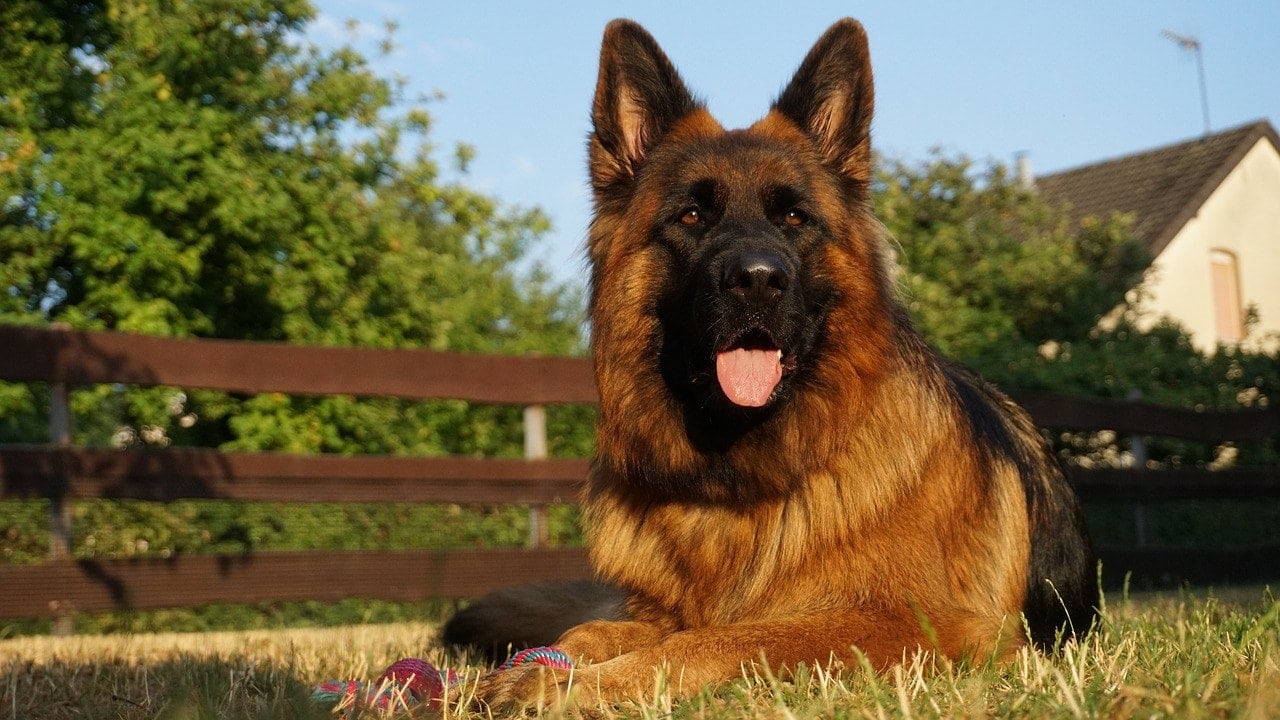
The European working line German Shepherds are ideal specimens in terms of breed looks. They are typically a rich rust color and black. Their backs are straighter, preventing any excessive sloping to reduce commonly seen issues. They must pass tests to ensure that their joints and hips are in tip-top order, to avoid problems like hip and elbow dysplasia.
The Show lines came about once the working lines were solid, and each dog used for breeding must also double as working dog material. However, rather than being such prey-driven workaholics, these tend to be slow-paced dogs who do better within family structures.
Because of selective breeding, European, and mostly German show line German Shepherds, have a less chance of developing issues relating to ill temperaments. Tests will reveal any traits considered unwanted to prevent further breeding from the specimen.
Therefore, the most significant difference between show lines of America and Europe is a focus on the overall greatness of the breed. European lines uphold the authenticity of the original breed standards. These strict regulations help produce reliable, well-rounded dogs.
- Make sure you have the gear specific to your dog: Harnesses for German Shepherds
How These Five Types Came to Be
In Germany in 1961, they split the country into East and West by building the Berlin Wall. This is what initially led to the German Shepherd taking on different breeding structures between the two sides. The separation lasted until 1989.
The introduction of the German Shepherd to the United States dates back to 1906. Because of unregulated breeding, the U.S. has a problem with authenticity. Many original bloodlines are now broken, causing undesirable traits in the breed.
Czechoslovakia had their hand in things as well, developing their unique spin on the breed. Throughout 1955, the dogs were workers but didn’t thrive as a breed until Germany’s official reuniting.
Europe and American lines have differences relating to breed standards. While Europe has a focal point of the breed’s temperament and ability, America is more focused on physical traits.
Final Thoughts
Generally, German Shepherds are fantastically loyal and fiercely intelligent. When you opt to purchase a puppy, you must be aware of its history. This step can only help enhance the bond you will have with your pet, as well as prepare you for any bumps in the road of pet-owning.
When training is properly implemented, their brains are stimulated, and if they are well-cared for, they are terrific additions to many different lifestyles. To be confident that you are getting a quality dog, deeply research any breeder and their claims to lineage. That will help ensure that you are getting an even-tempered, trainable dog.
Related Reads:
- German Shepherd Growth & Weight Chart
- Dwarf German Shepherd: Facts, Origin & History (With Pictures)
Featured Image Credit: J. Romanova, Shutterstock


